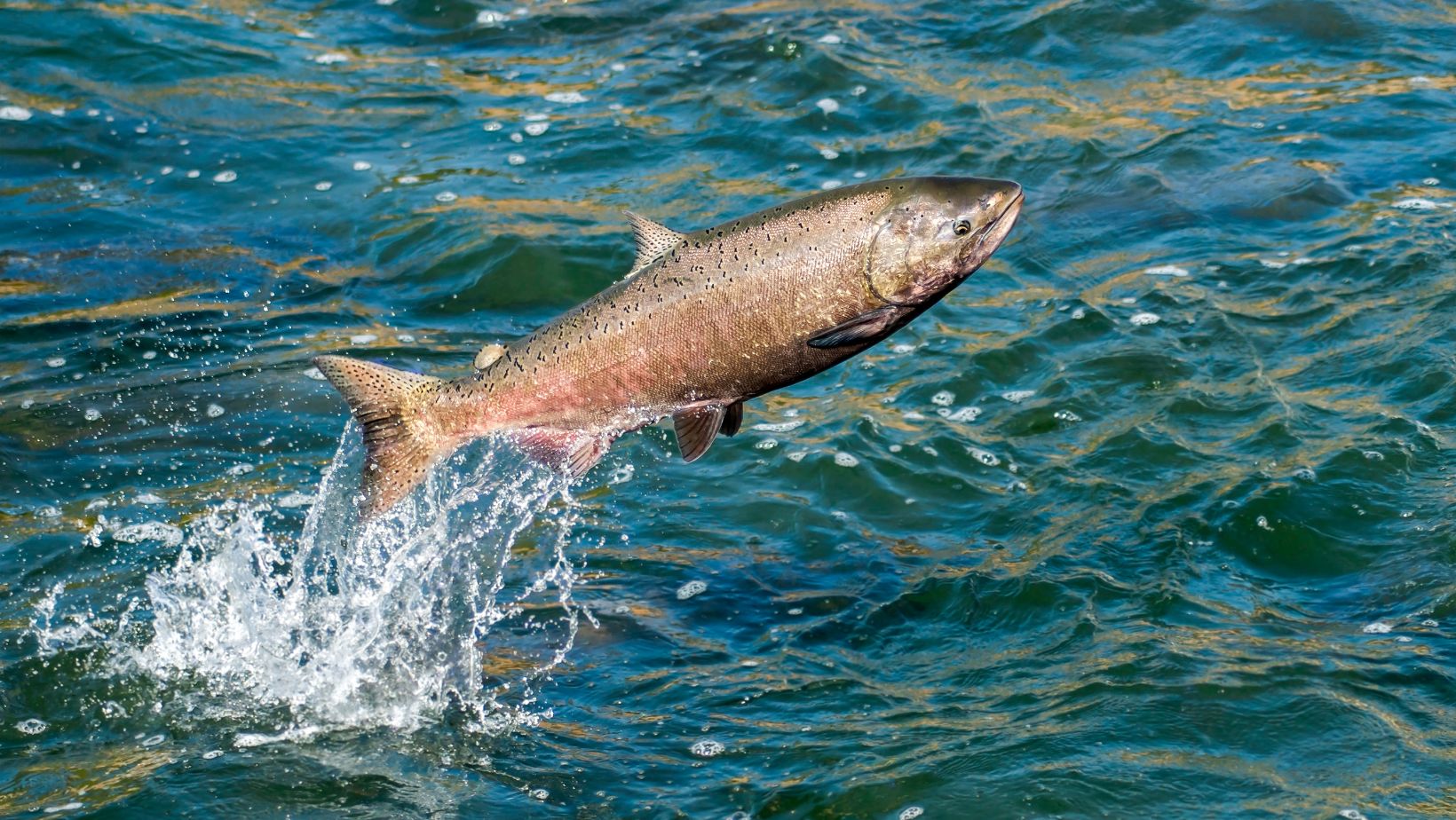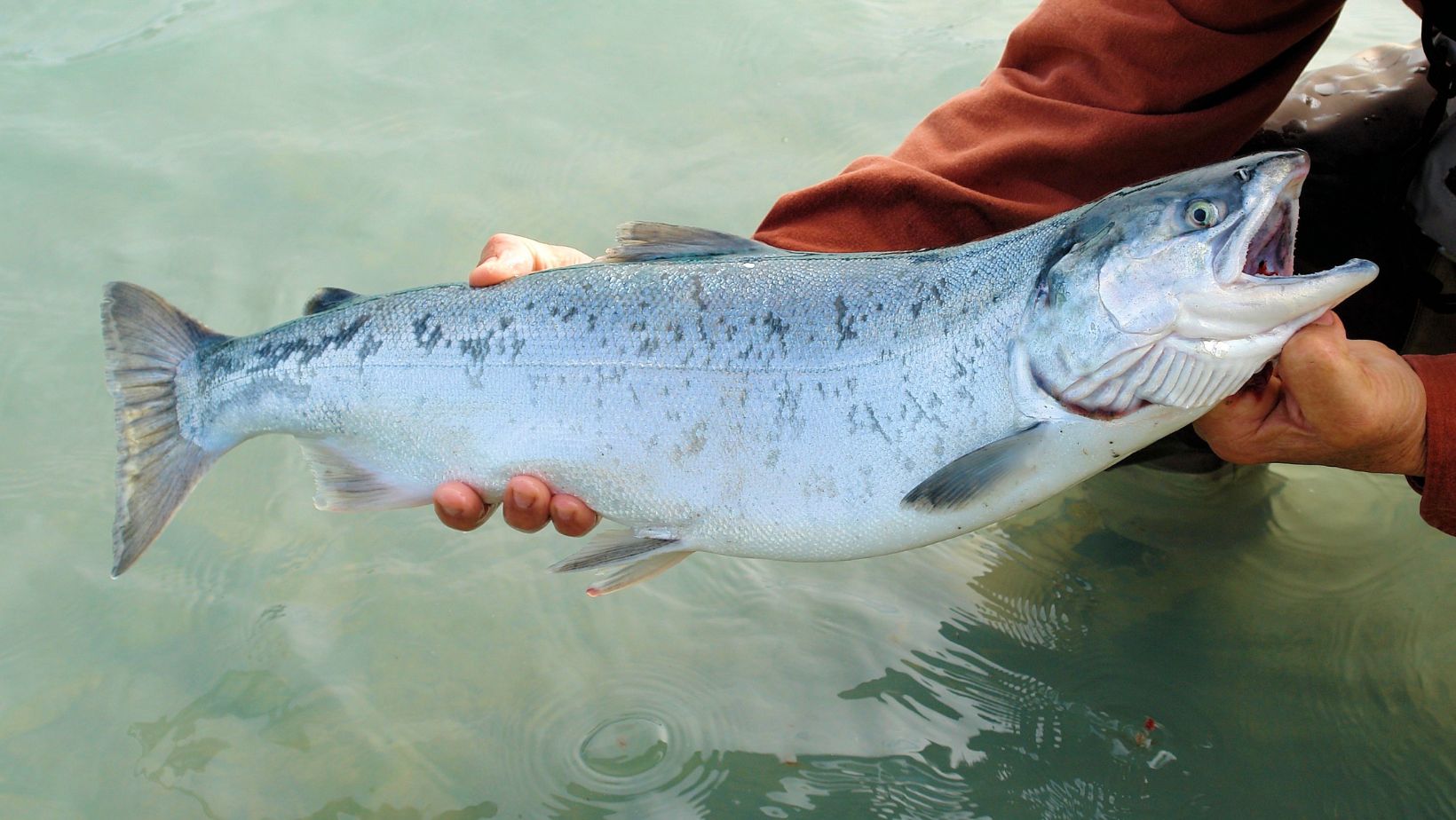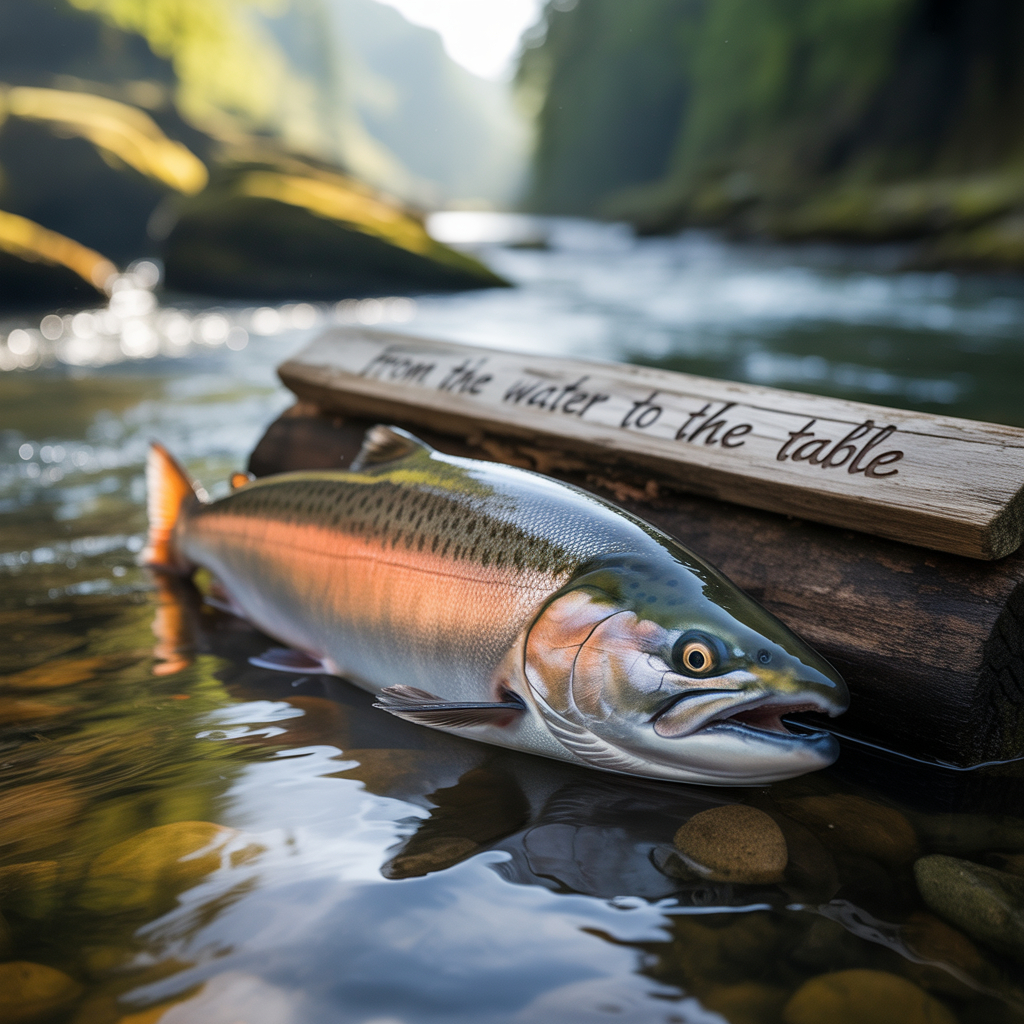Table of Contents
ToggleA Fisherman’s Reward Beyond the Catch
For many who love the open water, fishing is not only about the challenge of landing a prized species but also about what comes after. Bringing home a catch creates a sense of pride and purpose that extends beyond the dock. The moment the fish is cleaned, prepared, and finally served, the story of the day’s effort lives on at the dinner table. This is where the connection between fishing and cooking becomes inseparable, turning an afternoon on the water into a shared family experience.
The Distinction That Matters
Among the many species anglers hope to reel in, few command as much admiration as wild caught salmon. Celebrated for its vibrant color, firm texture, and rich flavor, wild caught salmon is prized not only in sportfishing circles but also in kitchens around the world. Unlike farmed varieties, salmon from natural waters reflects the environment it has traveled—rivers, oceans, and seasonal migrations. This difference is more than symbolic. It shapes how the fish tastes, cooks, and nourishes, making the decision between wild and farmed an important one for anyone who values quality on their plate.
Fishing Meets Culinary Tradition
Fishing culture and culinary tradition share a natural overlap. Just as anglers respect the patience and skill required to land a fish, cooks appreciate the care and knowledge needed to prepare it well. Salmon, in particular, offers countless options once it reaches the kitchen. Grilled fillets over open flames capture its natural oils perfectly, while slow roasting brings out delicate flavors. Smoking salmon creates a dish that preserves history as much as taste, echoing methods used for generations in coastal communities.
The Role of Freshness
One of the greatest joys of fishing is tasting seafood at its freshest. While markets and distributors provide excellent quality, there’s something unparalleled about knowing the salmon on the table was caught only hours earlier. Freshness influences not just flavor but also nutrition. Higher levels of omega-3 fatty acids and naturally firm textures make wild salmon a standout for health-conscious families. For anglers, this is a reward that makes the patience of fishing worthwhile.
Preparing the Perfect Catch
Cooking salmon doesn’t need to be complicated. Simplicity often works best. A sprinkle of sea salt, a dash of pepper, and a brush of olive oil can highlight the natural taste without overshadowing it. For those who enjoy experimenting, marinades of citrus, soy, or herbs can add depth.

The key is balance: allowing the salmon’s inherent richness to shine. Dads and moms alike often find that involving the family in preparation—whether seasoning fillets or setting the grill—creates memories that extend the joy of the catch.
Pairing With Sides and Stories
No meal exists in isolation. The sides that accompany salmon often complete the story. Fresh vegetables, roasted potatoes, or simple rice pilaf all complement its bold taste. But what lingers just as strongly are the conversations around the table. Fishing trips often become part of these dinners, with stories of near misses, big waves, and unforgettable strikes told between bites. In this way, salmon becomes more than food; it becomes the centerpiece of a shared narrative.
Respect for Sustainability
Just as responsible anglers honor catch limits and seasonal guidelines, home cooks can support sustainability by choosing salmon from trusted sources. Overfishing and environmental changes make stewardship critical. Opting for wild salmon from carefully managed fisheries ensures that the resource remains available for generations to come. On both the water and at the table, respect for balance ensures that the tradition of fishing and cooking can continue to thrive.
Techniques Passed Down Through Generations
Many fishing families also pass down cooking traditions alongside casting techniques. A father teaching his son how to properly filet a salmon might also teach him the secret spice rub that has flavored family dinners for decades. These dual lessons—how to fish and how to cook—connect generations through practical skills and sensory memory. They are reminders that fishing is not only about sport but about continuity, heritage, and the ties that bind families together.
When Fishing Becomes Festivity
In coastal towns and riverside communities, the salmon run is often celebrated with festivals and communal meals. These events highlight the cultural importance of salmon not only as a resource but also as a symbol of abundance. Families gather, grills line the waterfront, and the air fills with the smell of charred fish skin and wood smoke. Such gatherings showcase the role of fishing in shaping identity and tradition. Even for those who cannot attend, preparing salmon at home can evoke the same spirit of festivity.
Why Salmon Continues to Inspire
Salmon inspires both anglers and cooks because it represents more than sustenance. For fishermen, it is a challenge, a pursuit that requires skill, knowledge, and respect for nature. For cooks, it is an ingredient of remarkable versatility, capable of carrying simple flavors or standing up to bold experimentation. For families, it is a reminder of time spent together—on the water, around the table, and in the stories retold long after the plates are cleared.
A Lasting Connection
At the heart of it all, fishing for salmon and cooking it later creates a cycle of connection. The act of catching ties individuals to nature, while the act of cooking ties them to family.

Together, they form an experience that is more than the sum of its parts. Whether enjoyed grilled on a backyard patio or baked in a family kitchen, salmon carries the taste of both adventure and homecoming.




